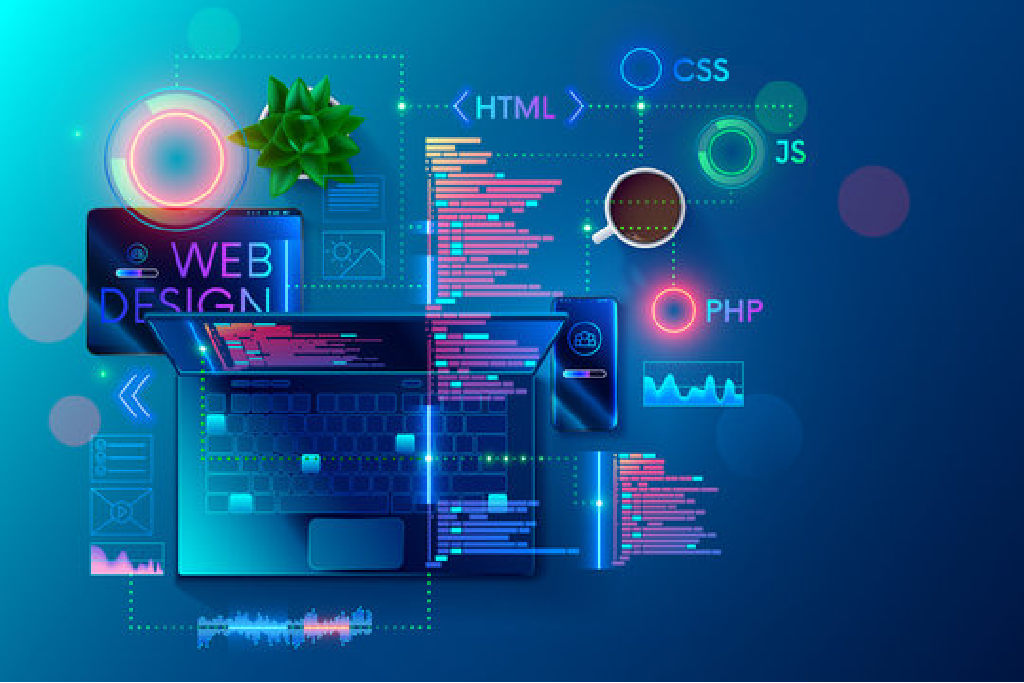In today’s digital age, having a strong online presence is essential for businesses and individuals alike. Web development lies at the core of creating engaging, functional websites that captivate audiences and drive results. Whether you’re a novice or looking to expand your skills, this comprehensive guide to web development will provide you with the knowledge and tools needed to embark on your journey.
- Getting Started:
- Understanding the Basics: Explore the fundamental concepts of web development, including HTML, CSS, and JavaScript.
- Choosing a Development Path: Discover the differences between front-end, back-end, and full-stack development, and determine which path aligns with your goals.
- Setting Up Your Development Environment: Learn how to set up a local development environment using tools like VS Code, Git, and Node.js.
- Front-End Development:
- HTML: Dive into the structure and semantics of HTML, the backbone of web development.
- CSS: Explore the power of CSS for styling and formatting your web pages, including layout techniques, responsive design, and CSS frameworks like Bootstrap.
- JavaScript: Unlock the dynamic capabilities of JavaScript for adding interactivity and functionality to your websites, including DOM manipulation and event handling.
- Back-End Development:
- Introduction to Server-Side Programming: Learn about server-side programming languages such as Node.js, Python, and Ruby, and their role in handling server-side logic and data processing.
- Databases and Data Management: Explore different database technologies like MySQL, MongoDB, and PostgreSQL, and understand how to integrate databases into your web applications.
- Server-Side Frameworks: Discover popular server-side frameworks like Express.js (Node.js), Django (Python), and Ruby on Rails, and how they streamline the development process.
- Full-Stack Development:
- Bridging Front-End and Back-End: Learn how to integrate front-end and back-end technologies to build fully functional web applications.
- RESTful APIs: Understand the principles of RESTful architecture and how to design and implement RESTful APIs for communication between client and server.
- Deployment and Beyond:
- Hosting Your Website: Explore different hosting options, from shared hosting to cloud platforms like AWS and Heroku, and learn how to deploy your website to a live server.
- Continuous Integration and Deployment (CI/CD): Implement CI/CD pipelines to automate the deployment process and ensure smooth updates and maintenance.
- Keeping Up with Trends: Stay updated with the latest trends and technologies in web development, and continue to enhance your skills through continuous learning and experimentation.
Conclusion: Embarking on a journey into web development is an exciting endeavor that opens up endless possibilities for creativity and innovation. By mastering the fundamentals, exploring various technologies, and staying curious and adaptable, you’ll be well-equipped to build dynamic, user-friendly websites that leave a lasting impression. So, roll up your sleeves, dive into the world of web development, and let your creativity soar!




